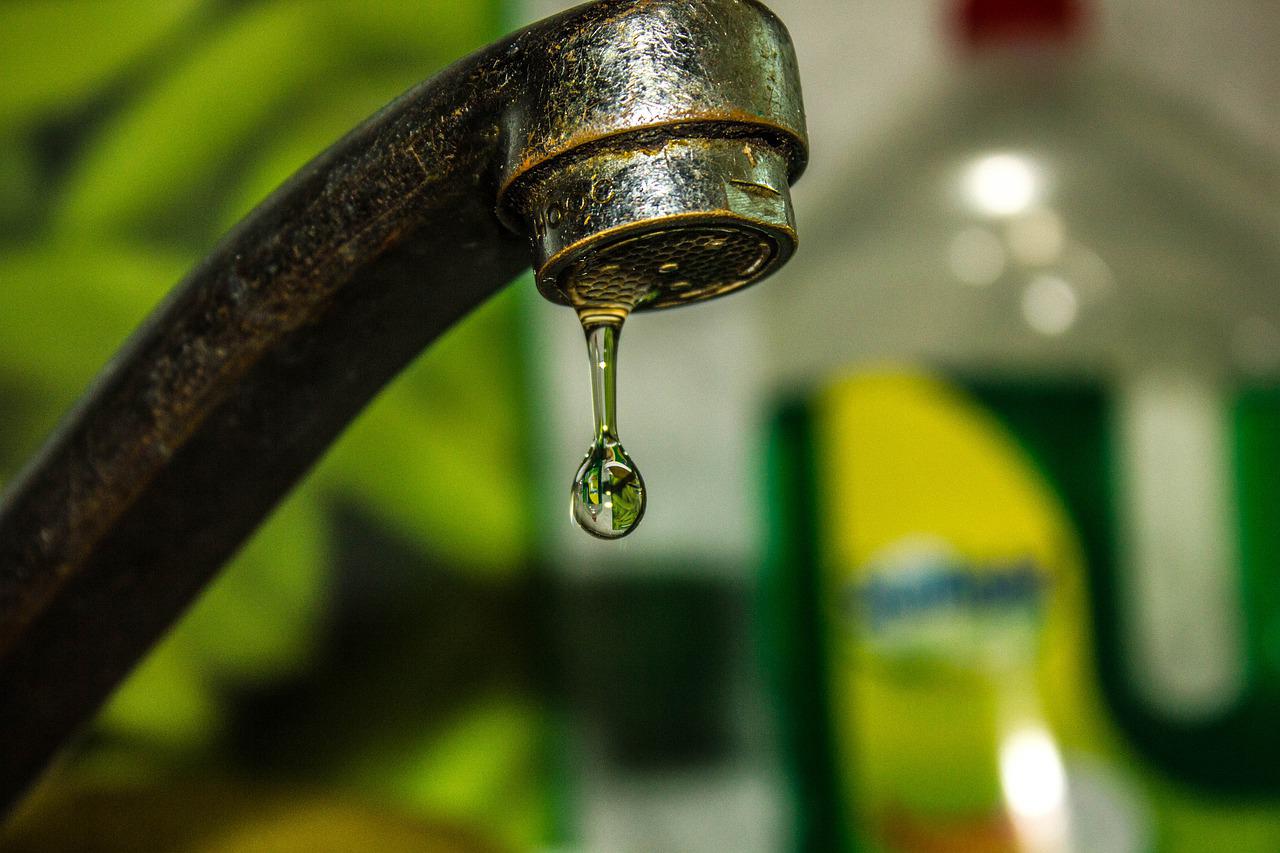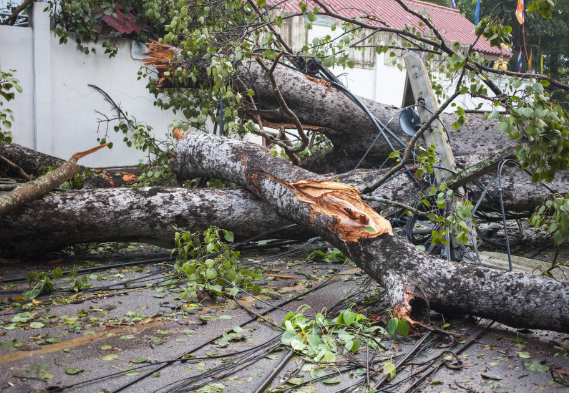For almost half a century from the 1940s until the late 1980s asbestos was the most preferred material used in building products because of its high temperature and fire resistance properties and ability to withstand corrosion besides being very stable. Naturally, most houses contain bonded asbestos in various forms like asbestos cement internal sheeting, wall cladding, external cladding, roof sheeting and capping, guttering, toilet vent pipes, gable-end sheeting, water and storm pipes, carports and shed linings and many more applications.
Today, the world knows that asbestos is a dangerous material. It is highly carcinogenic and causes cancer, and like most other countries in the world, Australia too has banned its use for many years. At one point in time, it was the highest user of asbestos on per capita basis. But the legacy of asbestos continues as houses constructed before the ban still have the products installed that contain asbestos in some form. However, awareness about the life-threatening properties of asbestos coupled with the legal prohibition about its use has led to the trend of homeowners removing asbestos products to replace it with health-safe products. But the process of asbestos removal is also quite hazardous, and it requires extreme care and caution to ensure its safe removal without harming human health and the environment.
Dealing with asbestos at home
Leaving asbestos products intact without disturbing it is one of the primary methods of staying safe with it. Only when you disturb it, it generates dust and fibres that can enter the body through respiration. It means that if you have asbestos products at home unless you disturb it or it is damaged, it is not harmful. If you have asbestos cemented products on the walls or ceiling and there are no signs of wear and tear or damage, then you need not worry about it. But at the same time, it is always advisable to get rid of the potential threat as soon as possible. If there is any degradation that escapes your attention, it can prove very dangerous for the health of the inhabitants.
The secondary threat
Asbestos exposure not only happens from products installed at home that contain asbestos but even if you do not have asbestos products installed knowingly. It might find its way into your home embedded in some other products you bought because the mineral was used in several consumer goods. From popcorn poppers to iron, from crockpots to hair driers and even ironing board covers and oven mitts, there is some asbestos hidden in it.
Removing asbestos materials
If you decide to remove asbestos materials from your home, then you must first identify the materials that contain asbestos and be ready with the alternatives to replace them. Sometimes removal might not be necessary if you can find some method of concealing the asbestos with some covering. However, if the removal of asbestos-containing products is the only option, then you must tread with caution. It entails compliance with the laws and adapting the safety procedures involved in asbestos removal. While you can try to do it on your own after ensuring proper protection of the persons handling the project, to make things easy, it is better to hire the services of a licensed asbestos removal company.
A specialised job
Asbestos removal is a specialised job, and no one except a person with the right training and certificates should ever attempt to remove any material that contains asbestos no matter how small it might be. Asbestos is hazardous because there is no safe level of exposure, meaning that even very minute quantity can cause immense harm. Before starting any demolition or renovation work, you must ask a professional to take samples of materials that may be discarded or broken during the work. Besides taking samples, the licensed professional will do a visual inspection of the area for identifying any potential hazards. The samples would be sent to a NATA accredited laboratory for analysis to ascertain the amount of asbestos content.
Ensuring safety
Also known as abatement, the removal process is the job of specialists. They are aware of the best practices that provide complete protection for those who are doing the job as well as those who are around and likely to get affected. With the focus on safe removal, the professional would first ensure that there is no asbestos dust or fibre generated from the process. They will never use any power tools or any sanding or cutting discs. They would also not use high-pressure hoses and compressed air. They keep the material completely wet while people work on it to accomplish the removal process so that there is no dust generation. To prevent asbestos fibres from circulating, it is necessary to seal vents and turn-off HVAC units and use vacuum cleaners fitted with HEPA filters.
Personal protection
Technicians who are working on asbestos products removal project should take adequate protection by wearing personal protective equipment like coveralls and full-face mask respirators. They should take extra precaution when removing their soiled clothes. They must put the clothes removed in sealed bags and shower in a cleanroom located away from the work area before changing into their street clothes.
Encapsulation or removal?
While the removal of products containing asbestos might ensure a permanent solution, some situations and circumstances might not always permit it. Moreover, one must consider the feasibility of undertaking an elaborate exercise in asbestos removal in terms of the hazards and the inconveniences to put up with and the cost involved. If there are no signs of damage to the asbestos products, instead of removing it, encapsulating it should help to contain the threats as the risks of asbestos dust and fibres circulating in the air are eliminated.
When engaging a contractor for the removal of asbestos products, you must ask for a written plan containing the details about the methods to be used for removal and clean-up of the area. The plan should comply with all regulations to ensure that the job is done correctly.








